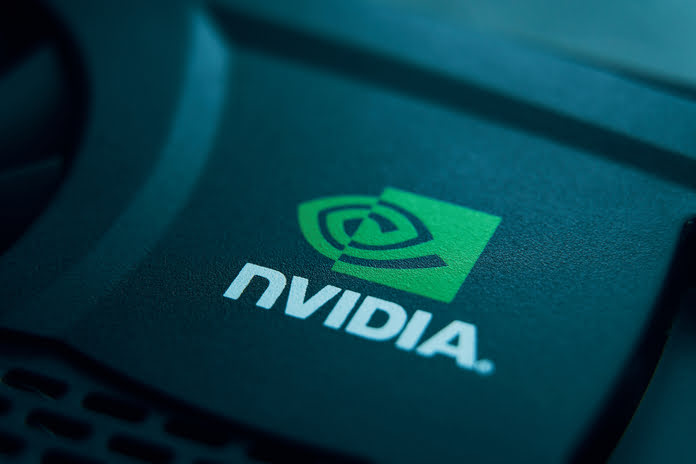Nvidia (NASDAQ:NVDA) has once again captured Wall Street’s imagination. Following a six-day rally that pushed shares more than 10% higher and reclaimed its spot as the world’s most valuable company, investors are asking the big question: what’s next for the Nvidia stock forecast?
The chipmaker has become the undisputed leader of the AI revolution, supplying the GPUs that power everything from ChatGPT to self-driving cars. But with shares trading near all-time highs, analysts are now divided—has Nvidia peaked, or is this just the beginning of its next trillion-dollar chapter?
What’s Driving the Bullish Nvidia Stock Forecast?
Nvidia’s recent rally was fueled by optimism at its annual shareholder meeting, as CEO Jensen Huang laid out an ambitious AI and robotics vision. The company’s Blackwell chips, set to ship later this year, are expected to supercharge AI workloads globally.
Loop Capital analyst Ananda Baruah lifted his price target to a Street-high $250, citing Nvidia as the “epicenter” of a $2 trillion AI investment wave by 2028. That upgrade sparked renewed interest from institutional investors, propelling the stock to a fresh high of $158.71 on June 27.
Despite macro headwinds—namely China export restrictions and rising tariffs—Nvidia’s global reach and dominance in AI computing have kept the bulls in control. The stock has surged 40% over the past three months and 14% in just the last month.
Financials Paint a Strong Growth Picture
Nvidia’s Q1 fiscal 2026 earnings blew past expectations. Revenue hit $44.1 billion, up 69% year-over-year (YOY), driven by its data center segment, which posted a jaw-dropping $39.1 billion—88% of total revenue.
Even with a $4.5 billion hit from export restrictions on China-bound AI chips, non-GAAP gross margins remained healthy at 71.3%. Free cash flow rose 75% annually, and Nvidia spent over $14 billion on buybacks in Q1 alone. While the dividend yield remains modest at 0.03%, capital returns are clearly ramping up.
Valuation-wise, Nvidia stock forecast critics may point to its high forward price-to-earnings ratio of 39. But given double-digit earnings growth expectations and a PEG ratio of just 1.4, the premium seems justifiable. The company’s ability to balance explosive growth with profitability makes it stand out even among mega-cap tech stocks like Microsoft (NASDAQ:MSFT) and Alphabet (NASDAQ:GOOGL).
Analysts Stay Overwhelmingly Bullish
Wall Street remains upbeat about the Nvidia stock forecast. Out of 44 analysts covering the stock, 37 rate it a “Strong Buy.” The average price target is $176.62, implying more than 12% upside from current levels. Loop Capital’s $250 target suggests a potential 59% surge.
Wedbush analyst Dan Ives also maintains an “Outperform” rating with a $175 target. He sees Nvidia as the backbone of sovereign AI systems, predicting it will become the world’s first $4 trillion company this year.
With Blackwell chips entering mass production and global AI infrastructure demand skyrocketing, Nvidia could easily exceed short-term expectations.
Risks to Watch in the Nvidia Stock Forecast
Despite the enthusiasm, Nvidia is not without risks. Insider selling has topped $1 billion over the past year, a possible sign that leadership sees limited upside from here. China, once a $50 billion opportunity, is becoming increasingly off-limits due to U.S. export restrictions.
Meanwhile, emerging rivals are exploring more efficient AI architectures that don’t rely as heavily on GPUs, threatening Nvidia’s long-term moat.
Its RSI above 76 indicates the stock is currently in overbought territory, hinting at a possible short-term pullback. But long-term, as sovereign AI projects and hyperscaler demand accelerate, Nvidia’s role looks more vital than ever.
Conclusion: Nvidia Stock Forecast Points to More Upside
Nvidia’s recent rally may seem like a victory lap, but the fundamentals behind the Nvidia stock forecast suggest there’s still fuel in the tank. With its leadership in AI hardware, bold global ambitions, and a growing backlog of multi-billion-dollar deals, Nvidia is positioned for continued dominance.
But with valuation multiples stretched and geopolitical risks rising, investors should tread carefully. As the AI landscape evolves, Nvidia must keep innovating—not just to stay ahead, but to justify its ever-loftier stock price.
Featured Image – Megapixl









